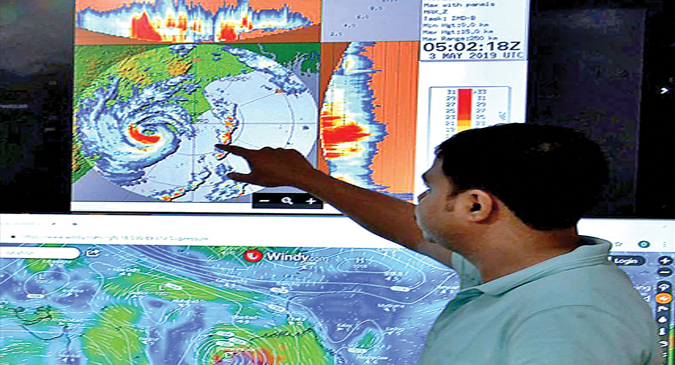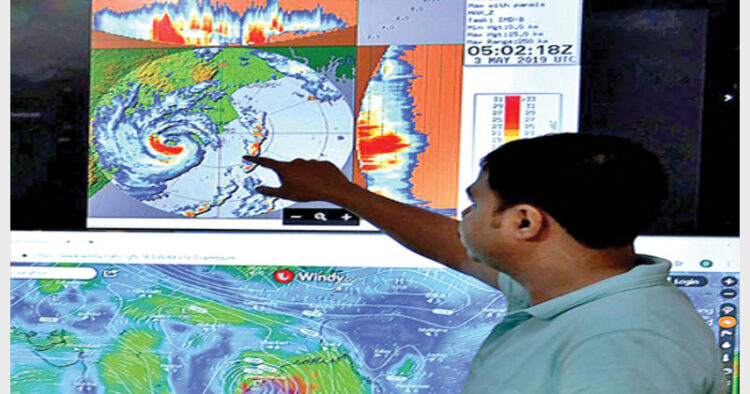The National Disaster Management team helped the state Government of Odisha in speedy evacuation of about 11 lakh people to the safer place. It helped save many lives
An early weather warning system in our country and the expertise of our weather scientists deserves all praise for timely warning of the cyclone Fani. We were able to save many lives because of the warning and efficiency of our administrative machinery in Odisha and West Bengal for timely evacuation of people in the coastal area particularly in the Holy city of Puri. The National Disaster Management team also helped the state government in Odisha in speedy evacuation of about 11 lakh people to safer place. It helped save many lives. We should take pride that India has earned praise from world. The United Nations has applauded India for its preventive rescue operations. The U.N. Office of Disaster Risk Reduction praised the government’s “effective” evacuation, saying it had “saved many lives.”
In 1999, Odisha was hit by severe cyclone BOB 06 that wreaked havoc in the Coastal belt leaving behind a trail of disaster. According to an official report of Indian Meteorological Department more than 10,000 people were killed. The loss of live stocks was estimated at more than four lakh. Unconfirmed report in 1999 put the cyclone death toll at 30,000. Such large casualties occurred because our administrative machinery was not geared up and trained to take preventive measures to avert disaster. For want of resource and technology we were not able to save live in Odisha in 1999. The cyclone hit the state on October 25.

An official monitors the progress of Cyclone ‘Fani’, at Regional Metrological Centre in Kolkata
To understand the phenomenon of cyclone, NASA has its report in simple form. It says, “Tropical cyclones are like giant engines that use warm, moist air as fuel. That is why they form only over warm ocean waters near the equator. The warm, moist air over the ocean rises upward from near the surface. Because this air moves up and away from the surface, there is less air left near the surface. Another way to say the same thing is that the warm air rises, causing an area of lower air pressure below.
Why Odisha is Prone to Cyclone?
Odisha and for that matter West Bengal, Andhra Pradesh, Bihar and some other state are more prone to cyclone than other coastal areas. A report quoting Jyotirspushpa Das of Odisha has given the following reasons for Cyclone hitting Odisha often.
It is because the geographical location of Odisha puts it in the prime path of the retreating Northern East monsoon during October, when rainy season ends. The northern coasts of Andhra Pradesh, entire Odisha, Eastern Bihar, Southern part of West Bengal most of the times come in red alert zone when retreating monsoon passes through them experiences depression concentrated in sea due to low pressure. That’s because the Bay of Bengal which is warmer than Arabian Sea, often experiences depression concentrated in sea due to low pressure. That depression sometimes dissolves and causes heavy rain only. Otherwise, it turns into severe cyclone and affects Odisha severely. Das further writes, “One can easily notice that Odisha is most of the time the first land to be struck by the emerged cyclone. Until it passes to other areas the effects are little bit dissolved than that of Odisha. So sadly Odisha becomes the most vulnerable state to get affected by the cyclone. The coastal areas of Odisha and Andhra Pradesh are relatively flat compared to western India places and hence have low resistance to the formation of strong wind and landfall.
(The writer is a Member of Parliament, Rajya Sabha)














Comments